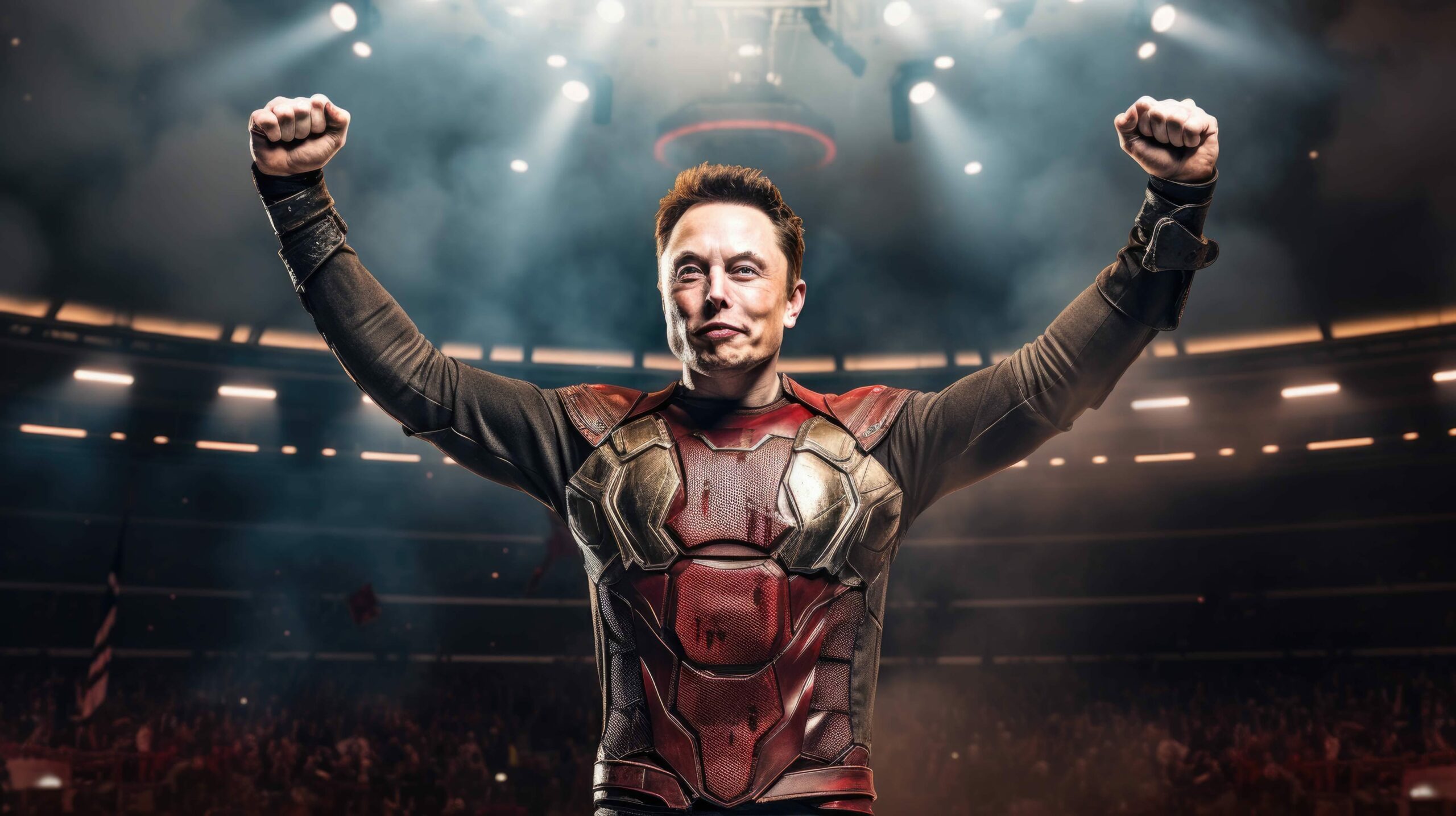Musk’s Neuralink and the burgeoning market for computer-brain interfaces

Elon Musk published a video in which the first patient to be implanted with the Neuralink chip plays chess thanks to the computer-brain interface, but experts' doubts persist. Facts, numbers and comments
Immediately after the announcement of the first Neuralink chip implanted in the brain of a human being, many experts wondered how the patient was doing. Now Elon Musk has shown him playing chess with his mind through a computer-brain interface. However, experts are cautious but the sector is increasingly expanding.
WHAT THE PATIENT CAN DO
The video posted on X by Neuralink shows Bliss Chapman, an engineer at the neurotechnology company, together with Noland Arbaugh, the first patient to use Musk's chips.
Arbaugh is a 29-year-old who became quadriplegic from the shoulders down following a diving accident and says he is thrilled to be part of the project. In the video he explains how he manages to play online chess and the video game Civilization – even for eight consecutive hours a day – thanks to the sole use of his thoughts, without anyone's help.
The brain implant that allows him to control and move the mouse cursor on the screen also allows him to read, study Japanese and French independently.
— Neuralink (@neuralink) March 20, 2024
THE OPERATION AND RECOVERY
“It's crazy. It's not perfect, there are still things to fix. I don't want people to think this is the end of the journey because there's still a lot to do, but it's already changed my life,” Arbaugh said, joking that he has become “telekinetic.”
The boy later said he was "literally released from hospital a day later" and had "no cognitive impairment whatsoever."
“The reason why I joined this project – he added – is that I wanted to be part of something that I think will change the world. I think there is nothing to be worried about. The surgery was very simple."
THE CRITICS
However, as Start wrote after Musk's reassurances on the outcome of the intervention, many experts in the scientific world are doubtful about how Neuralink is working.
Kip Ludwig, former director of the neural engineering program at the National Institutes of Health in the United States, for example, while considering what he saw in the video to be positive and "a good starting point", declared that it is not a "turning point" : “It is still the very early days post-op and there is still a lot to learn both on the part of Neuralink and on the part of the subject to maximize the amount of control information that can be obtained.”
Furthermore, at the beginning of March , a month after the intervention on Arbaugh, inspectors from the Food and Drug Administration (FDA) had found "quality control problems" at Neuralink, which had already been investigated for the mistreatment of animals involved in the testing, improper handling of hazardous materials and risk of contamination .
THE COMPETITORS
Neuralink is not the only one to want to perfect and market computer-brain interfaces and, indeed, compared to other companies and university departments it started late ( like China ).
Australian Synchron, for example, implanted its device in a patient as early as July 2022 and uses a less invasive technique that does not require incision of the skull. The company, backed by Jeff Bezos and Bill Gates , also inserted its device into six more patients last September.
And in May 2023 the École Polytechnique Fédérale of Lausanne gave a paralyzed person the possibility of walking again simply by thinking about the movements to perform thanks to the insertion of electronic implants in the brain and spinal column which wirelessly communicate thoughts to his legs and feet.
Finally, Axios writes , Mass General Brigham, a nonprofit integrated health system based in Boston, said this month that it is “establishing the Implantable Brain-Computer Interface Collaborative Community (iBCI-CC),” the “first Collaborative Community in the field of clinical neuroscience that has obtained the participation of the FDA.
ECONOMIC FORECASTS
Given the growing interest in computer-brain interfaces, experts estimate that the sector will reach a market value of approximately $9,445.1 million by 2032, up from $2,130 million in 2022, a growth rate of 16 .7% from 2023 to 2032. However, ethical problems, which weaken financial confidence, should not be underestimated.


This is a machine translation from Italian language of a post published on Start Magazine at the URL https://www.startmag.it/innovazione/neuralink-di-musk-e-il-fiorente-mercato-delle-interfacce-computer-cervello/ on Thu, 21 Mar 2024 11:09:23 +0000.
